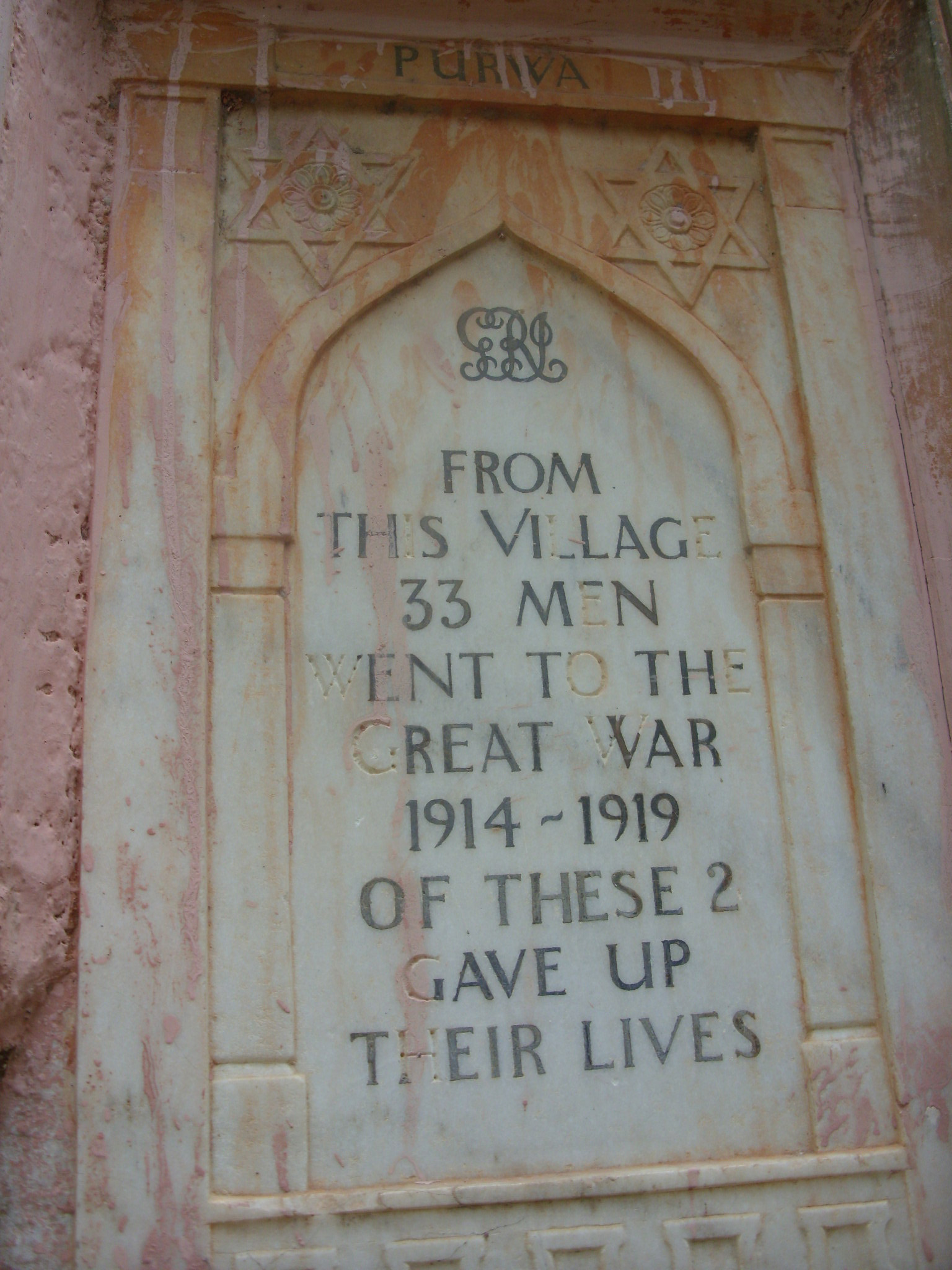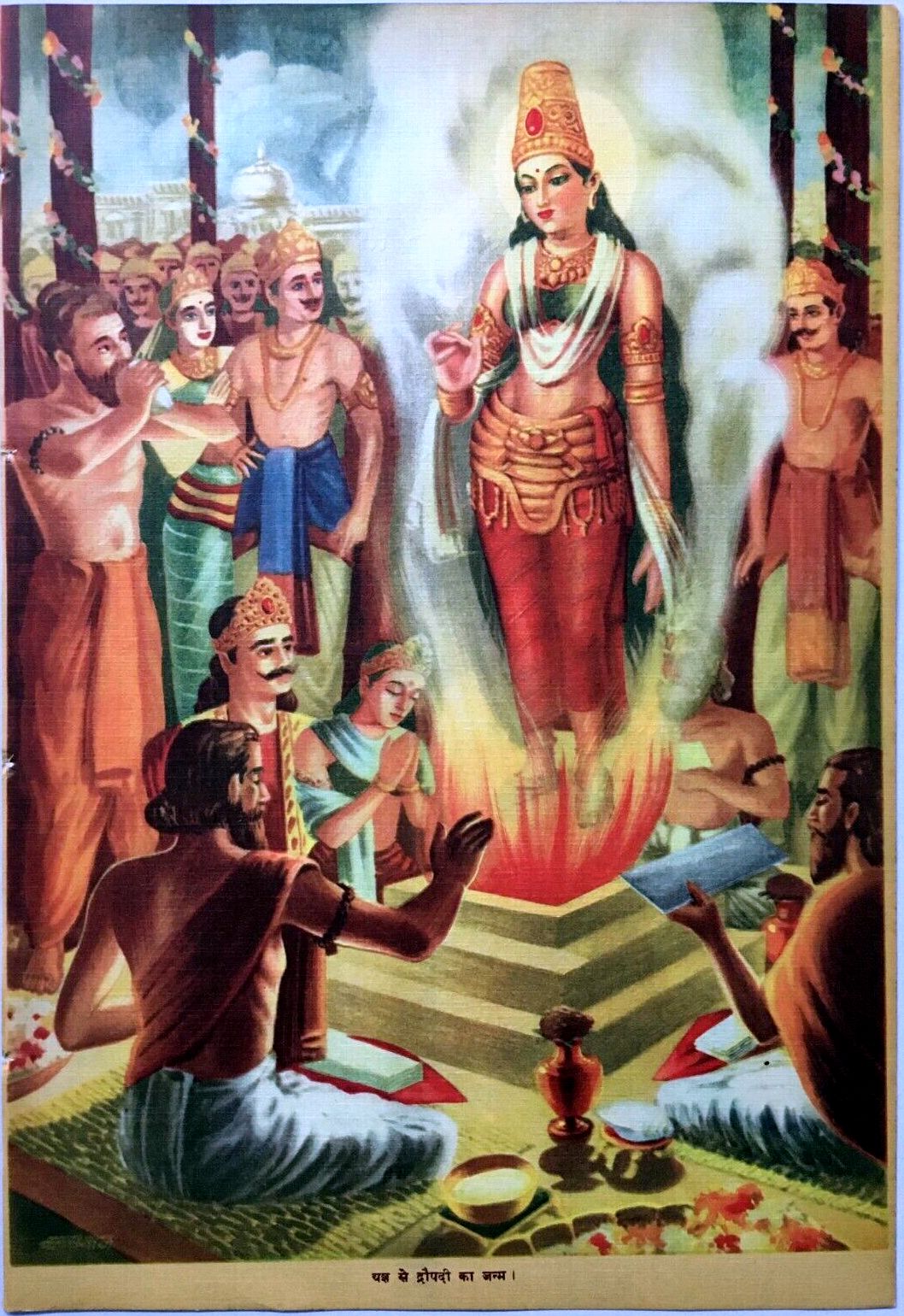|
Asoha
Asoha is a village in Purwa tehsil of Unnao district, Uttar Pradesh, India. It is located about 16 km north of Purwa, the tehsil headquarters, and 51 km east of Unnao, the district headquarters. The main crops grown here are wheat, barley, gram, juwar, paddy, and pulses, and irrigation is provided by a canal as well as by tanks. The soil here is mostly clay. As of 2011, the population of Asoha is 3,709, in 856 households. Asoha is the headquarters of a community development block, which was first inaugurated on 1 July 1956 in order to oversee implementation of India's Five-Year Plans at a local and rural level. As of 2011, the block comprises 122 rural villages (including Asoha itself), with a total population of 153,798 people in 30,885 households. Asoha is also the headquarters of a nyaya panchayat. History According to C.A. Elliott, the name "Asoha" is derived from that of Ashwatthama, the figure in the Mahabharata, who is said to have rested here for a time after ... [...More Info...] [...Related Items...] OR: [Wikipedia] [Google] [Baidu] |
Unnao District
Unnao district is a district of Uttar Pradesh state in northern India. The city of Unnao is the district headquarters. The district is part of Lucknow Division. As of the 2011 census, Unnao district has a population of 3,108,367, making it the 31st-most populous district in Uttar Pradesh. It is a predominantly rural district, with over 80% of the population living in rural areas. Unnao District is known as "The Land Of Pen and Sword" (कलम और तलवार की धरती). History Unnao district was created by the British upon their annexation of Oudh State in February 1856. Before then, under the Nawabs of Awadh, the area was divided between several different districts or : Purwa covered the eastern part, and to the north were Rasulabad and Safipur. The pargana of Auras, meanwhile, was part of the chakla of Sandila, and the parganas of Baiswara were included in the chakla of the same name, whose headquarters were at Rae Bareli. After the British takeover, ... [...More Info...] [...Related Items...] OR: [Wikipedia] [Google] [Baidu] |
Purwa
Purwa is a town and nagar panchayat in Unnao district, Uttar Pradesh, India. It is located 32 km southeast of Unnao, the district headquarters. Roads connect it with several major cities including Unnao, Lucknow, Kanpur, and Rae Bareli. As of 2011, its population is 24,467 people, in 4,128 households. Purwa is the headquarters of a community development block, which was first inaugurated on 1 April 1959 in order to oversee implementation of India's Five-Year Plans at a local and rural level. Most of the block lies within the tehsil of Purwa, but parts are in the tehsil of Bighapur instead. As of 2011, the block comprises 112 rural villages (including Asoha itself), with a total population of 125,619 people in 25,020 households. History Purwa is said to have been founded sometime around the year 1400. Its antecedent was the village of Newayan a few miles to the west, which was founded by a Raghubansi from Ayodhya named Raja Newan. Newayan was wiped out by the Loni River and th ... [...More Info...] [...Related Items...] OR: [Wikipedia] [Google] [Baidu] |
States And Territories Of India
India is a federal union comprising 28 states and 8 union territories, with a total of 36 entities. The states and union territories are further subdivided into districts and smaller administrative divisions. History Pre-independence The Indian subcontinent has been ruled by many different ethnic groups throughout its history, each instituting their own policies of administrative division in the region. The British Raj mostly retained the administrative structure of the preceding Mughal Empire. India was divided into provinces (also called Presidencies), directly governed by the British, and princely states, which were nominally controlled by a local prince or raja loyal to the British Empire, which held ''de facto'' sovereignty ( suzerainty) over the princely states. 1947–1950 Between 1947 and 1950 the territories of the princely states were politically integrated into the Indian union. Most were merged into existing provinces; others were organised into ... [...More Info...] [...Related Items...] OR: [Wikipedia] [Google] [Baidu] |
Draupadi
Draupadi ( sa, द्रौपदी, draupadī, Daughter of Drupada), also referred to as Krishnaa, Panchali, and Yagyaseni, is the main female protagonist of the Hindu epic ''Mahabharata,'' and the common consort of the five Pandava brothers—Yudhishthira, Bhima, Arjuna, Nakula, and Sahadeva. She is noted for her beauty, courage, and a rare Polyandry, polyandrous marriage. In Mahabharata, Draupadi and her brother, Dhrishtadyumna, were born from a ''yajna'' (fire sacrifice) organized by King Drupada of Panchala. Arjuna won her hand in marriage, but she had to marry the five brothers because of her Kunti, mother-in-law's misunderstanding. Later, she became an empress, as Yudhishthira performed the Rajasuya ritual and achieved the status of the emperor. She had five sons, one from each Pandava, who were collectively addressed as the Upapandavas. The most notable incident in Draupadi's life is the game of dice at Hastinapur, Hastinapura where Yudhishthira loses his possessio ... [...More Info...] [...Related Items...] OR: [Wikipedia] [Google] [Baidu] |
Kashi Pur
Kashi or Kaashi may refer to: Places * Varanasi (historically known as "Kashi"), a holy city in India **Kingdom of Kashi, an ancient kingdom in the same place, one of the sixteen Mahajanapadas **Kashi Vishwanath Temple, Varanasi * Kashgar, a city in Xinjiang, China **Kashgar Prefecture, the prefecture encompassing the city * Kashi, Hamadan, a village in Hamadan Province, Iran * Kashi, Hormozgan, a village in Hormozgan Province, Iran * Kashan, a city in the province of Isfahan, Iran Film and television * ''Kashi – Ab Na Rahe Tera Kagaz Kora'', a television series * Kaashi, a character from the 2018 film ''Kaashi in Search of Ganga'' Other uses * Kashi, a short form of Kashani, a surname * Kashi (company), U.S. manufacturer of foods, owned by Kellogg Company * , several ships See also * * Kasi (other) * Kasha In English, kasha usually refers to pseudocereal buckwheat or its culinary preparations. In various East-Central and Eastern European countries, ''kasha' ... [...More Info...] [...Related Items...] OR: [Wikipedia] [Google] [Baidu] |
Janamejaya
Janamejaya ( sa, जनमेजय) was a Kuru king who reigned during the Middle Vedic period. Along with his father and predecessor Parikshit, he played a decisive role in the consolidation of the Kuru state, the arrangement of Vedic hymns into collections, and the development of the orthodox srauta ritual, transforming the Kuru realm into the dominant political and cultural part of northern India. He also appears as a figure in later legends and traditions, the Mahabharata and the Puranas. Etymology The name ''Janamejaya'' means "man-impelling". In Vedic Literature The '' Aitareya Brāhmaṇa'' states that he was a great conqueror and that his ''purohita'' (domestic priest) Tura Kāvaṣeya consencrated him as king and officiated his '' aśvamedha'' (horse sacrifice). It also states that at one of his sacrifices he did not employ the Kaśyapas as priests but rather the Bhūtavīras. It states that the Asitamr̥ga family of Kaśyapas were eventually reemployed by Janamej ... [...More Info...] [...Related Items...] OR: [Wikipedia] [Google] [Baidu] |
Sarpa Satra
According to legend, Sarpa Satra or Snake sacrifice was a yagna performed by Emperor Janamejaya of the Kuru empire who had ascended to the throne of Hastinapura upon the death of his father Parikshit. The legend states that Parikshit, the lone descendant of the House of Pandu, son of Abhimanyu and grand son of Arjuna of the Mahabharata fame, had died of snakebite. He had been cursed by a sage to die so, the curse having been consummated by the serpent-chieftain Takshaka. Janamejaya bore a deep grudge against the serpents for this act, and thus decided to wipe them out altogether. He attempted this by performing a great ''Sarpa Satra'' – a sacrifice that would destroy all living serpents. At that time, a learned sage named Astika, a boy in age, came and intervened to stop the yagna; Astika's mother manasa was a Naga and father was Jaratkaru a saintly Brahmin. Janamejaya had to listen to the words of the learned Astika and set Takshaka free. He also stopped the massacre of the ... [...More Info...] [...Related Items...] OR: [Wikipedia] [Google] [Baidu] |
Dvapara Yuga
''Dvapara Yuga'' ( Dwapara Yuga), in Hinduism, is the third and third best of the four ''yugas'' (world ages) in a ''Yuga Cycle'', preceded by ''Treta Yuga'' and followed by ''Kali Yuga''. ''Dvapara Yuga'' lasts for 864,000 years (2,400 divine years). According to the Puranas, this ''yuga'' ended when Krishna returned to his eternal abode of Vaikuntha. There are only two pillars of religion during the ''Dvapara Yuga'': compassion and truthfulness. Vishnu assumes the colour yellow and the Vedas are categorized into four parts: ''Rig Veda'', ''Sama Veda'', ''Yajur Veda'' and ''Atharva Veda''. During these times, the Brahmins are knowledgeable of two or three of these but rarely have studied all the four Vedas thoroughly. Accordingly, because of this categorization, different actions and activities come into existence. Etymology ''Yuga'' ( sa, युग), in this context, means "an age of the world", where its archaic spelling is ''yug'', with other forms of ''yugam'', , and ''yug ... [...More Info...] [...Related Items...] OR: [Wikipedia] [Google] [Baidu] |
Acre
The acre is a unit of land area used in the imperial Imperial is that which relates to an empire, emperor, or imperialism. Imperial or The Imperial may also refer to: Places United States * Imperial, California * Imperial, Missouri * Imperial, Nebraska * Imperial, Pennsylvania * Imperial, Texa ... and United States customary units#Units of area, US customary systems. It is traditionally defined as the area of one Chain (unit), chain by one furlong (66 by 660 feet), which is exactly equal to 10 square chains, of a square mile, 4,840 square yards, or 43,560 square feet, and approximately 4,047 m2, or about 40% of a hectare. Based upon the International yard and pound, international yard and pound agreement of 1959, an acre may be declared as exactly 4,046.8564224 square metres. The acre is sometimes abbreviated ac but is usually spelled out as the word "acre".National Institute of Standards and Technolog(n.d.) General Tables of Units of Measurement . Traditionally, i ... [...More Info...] [...Related Items...] OR: [Wikipedia] [Google] [Baidu] |
1961 Census Of India
The 1961 Census of India was the tenth in a series of censuses held in India every decade since 1872. The population of India was counted as 438,936,918 people. Population by state Language data The 1961 census recognized 1,652 ''mother tongues'', counting all declarations made by any individual at the time when the census was conducted. However, the declaring individuals often mixed names of languages with those of dialects, sub-dialects and dialect clusters or even castes, professions, religions, localities, regions, countries and nationalities. The list therefore includes "languages" with barely a few individual speakers as well as 530 unclassified "mother tongues" and more than 100 idioms that are non-native to India, including linguistically unspecific demonyms such as "African", "Canadian" or "Belgian". Modifications were done by bringing in two additional components- place of birth i.e. village or town and duration of stay ( if born elsewhere). See also *Demographics o ... [...More Info...] [...Related Items...] OR: [Wikipedia] [Google] [Baidu] |



.png)

